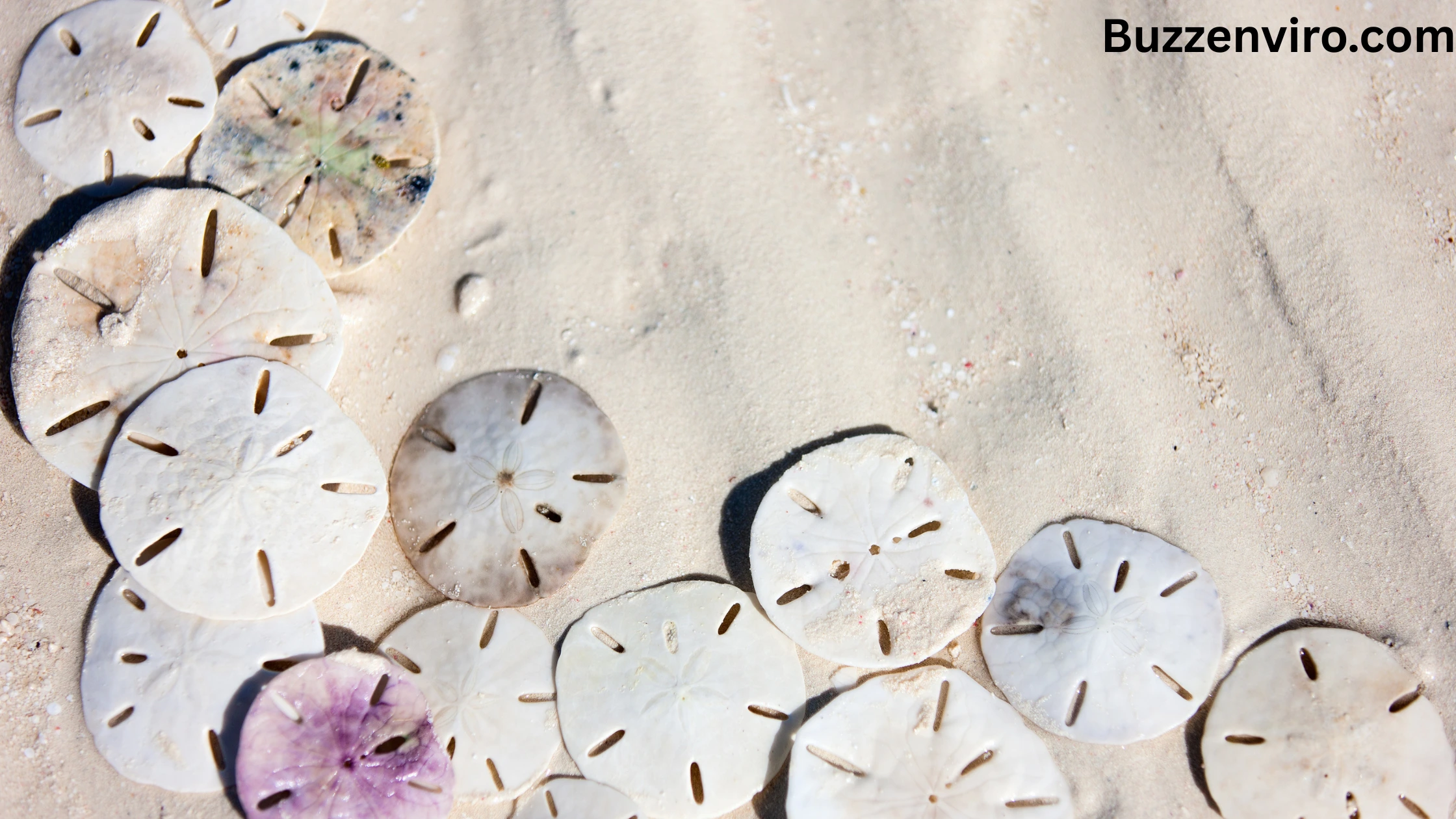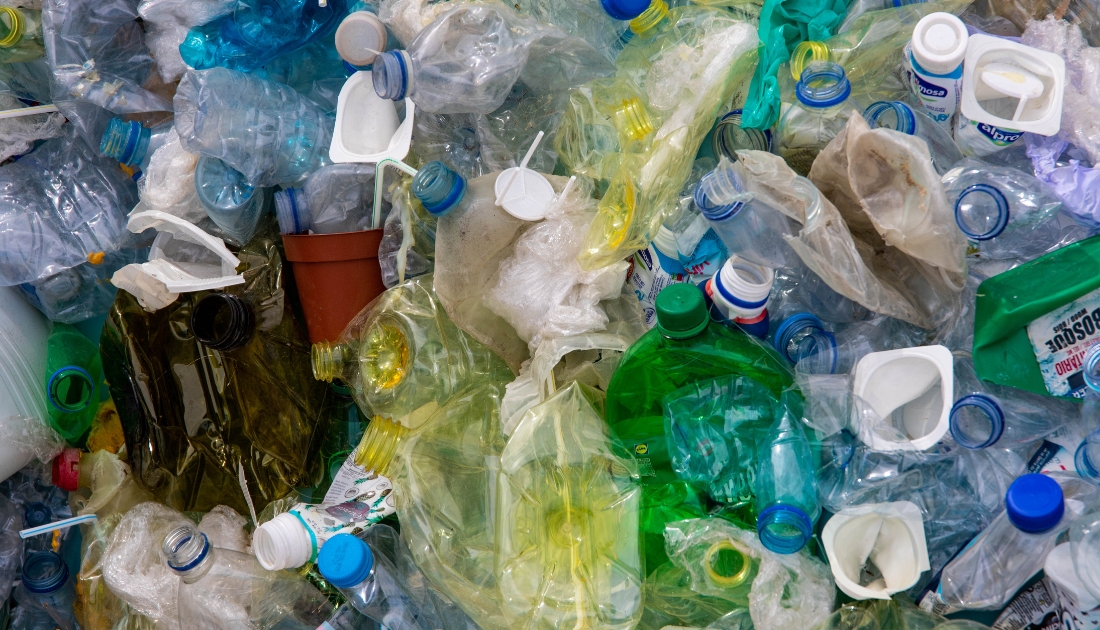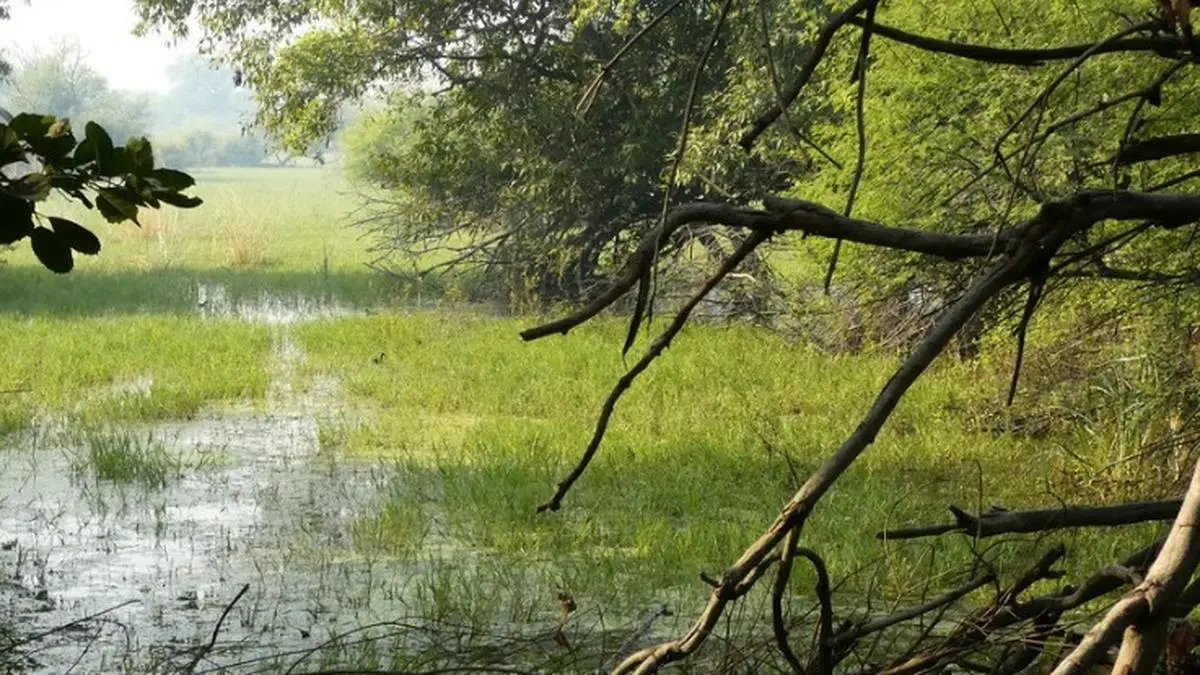If you’ve ever strolled along a beach and spotted a flat, round shell with a star pattern etched into its surface, you’ve likely encountered a sand dollar. These fascinating creatures, often mistaken for mere shells, are actually living marine animals. In this blog, we will learn into the mysterious world of live sand dollars, explore their unique behaviors, their diet, and share some amazing facts about sand dollars which is also known as sea dollars or purple sand dollars.
What Are Sand Dollars?

Sand dollars are flat, burrowing marine animals that belong to the phylum Echinodermata, the same group as sea urchins and starfish. Despite often being mistaken for seashells or coins, sand dollars are living animals when in their natural habitat.
Scientific Background
- Class: Echinoidea (sea urchins)
- Order: Clypeasteroida
- Common Names: Sand dollars, sea dollars, biscuit urchin
Key Characteristics of Sand Dollars
- Shape & Size: Round, flat, disk-like; typically 2–4 inches wide.
- Color When Alive: Purplish, brown, or dark gray (due to living tissue and tiny spines).
- Color When Dead: Chalky white (skeleton only, called a test).
- Texture: Fuzzy or velvety when alive due to small spines on the surface.
- Habitat: Shallow coastal waters with sandy or muddy bottoms.
- Behavior: They burrow into the sand for protection and to feed.
Live Sand Dollars vs. Dead Sand Dollars
Many beachgoers are surprised to learn that those bleached white disks are once-living animals. A live sand dollar is darker in color (often a purple sand dollar) and may feel fuzzy due to its tiny spines. If you ever find a sand dollar that’s moving or still has color, it’s alive — and it’s best to leave it in its natural habitat.
Dead sand dollars, on the other hand, are brittle, white, and often found washed up on shore. These can be collected and kept as coastal keepsakes, but it’s essential to ensure the animal is no longer alive before taking it.
Sand Dollar Diet: What Do They Eat?
The sand dollar diet consists mainly of microscopic organisms. They feed on plankton, algae, and detritus by using their spines to move food to a central mouth located on the underside of their body. Sand dollars can burrow into the sand to stay safe while feeding — a behavior that makes them well-adapted to life in dynamic coastal environments.
5 Fascinating Facts about Sand Dollars
1. They Are Living Animals – Despite their shell-like appearance, sea dollars are echinoderms and are alive while in the ocean.
2. They Breathe Through Their Feet – Sand dollars have tiny tube feet that help with movement and respiration.
3. Their Skeletons Are Called “Tests” – The hard, white structure people often find on the beach is the sand dollar’s skeleton, or test.
4. They Use Cilia to Move Food – Tiny hairs called cilia move food particles toward the sand dollar’s mouth.
5. They Have a Unique Defense Mechanism – Some species can release a chemical to deter predators when threatened.
Can You Keep a Sand Dollar?
While it’s tempting to take a sea dollar home, it’s important to only collect those that are no longer alive. In some coastal areas, collecting live sand dollars is illegal due to conservation efforts. Always check local guidelines before removing any marine life from the beach.
Final Thoughts
Sand dollars are more than just beautiful beach finds—they’re intriguing, delicate animals with complex lives beneath the waves. Whether you’re captivated by the mysterious purple sand dollar, curious about the sand dollar diet, or simply want to learn more facts about sand dollars, these creatures offer a deeper appreciation for marine biodiversity.
Next time you’re walking along the shore and spot a sea dollar, take a closer look—you might just be witnessing one of the ocean’s quietest but most fascinating residents.
Also Read:- Aquatic plants types and their importance in ecosystems






